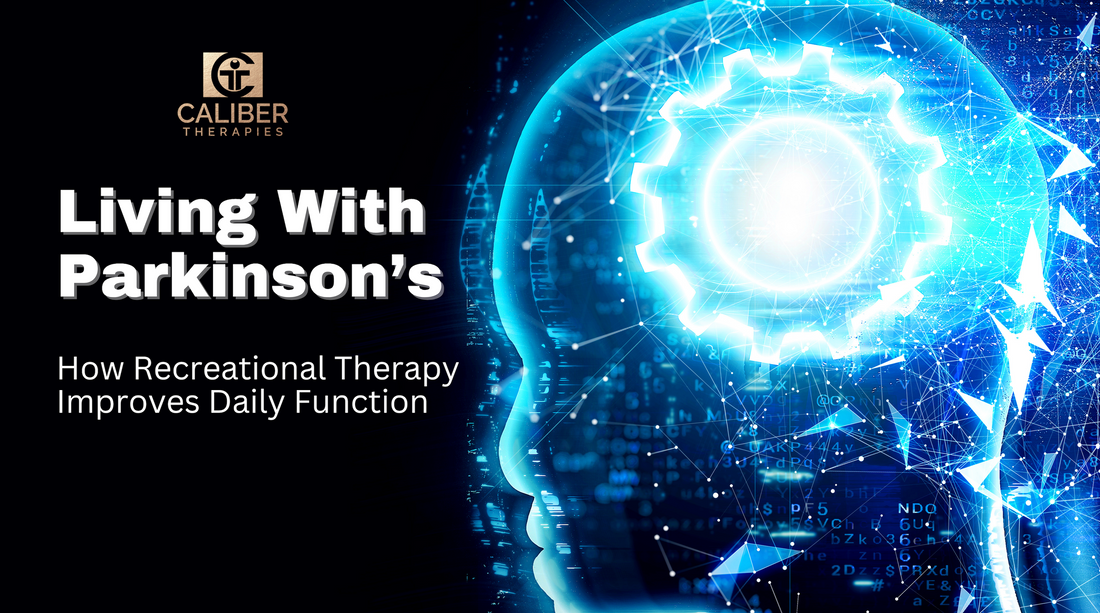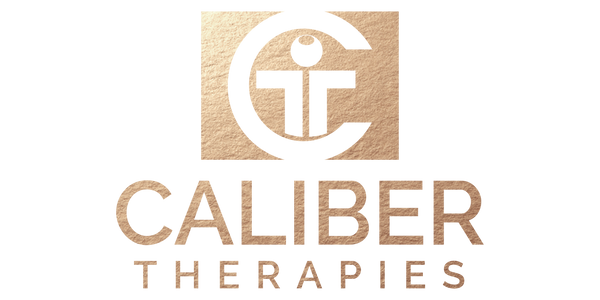
Living with Parkinson’s: How Recreational Therapy Improves Daily Function
Share
Living with Parkinson’s disease brings daily challenges that affect movement, mood, and independence. As the condition progresses, many individuals face difficulties performing routine activities they once enjoyed. While medications and traditional therapies help manage symptoms, an often overlooked but powerful approach focuses on restoring joy, confidence, and function: recreational therapy.
Recreational therapy for Parkinson’s uses meaningful activities—like music, art, dance, or adaptive sports to enhance quality of life. It’s not about clinical drills or medications. It’s about helping people reconnect with what makes them feel alive. By combining fun with function, recreational therapy supports physical, emotional, and cognitive wellness in a way that feels natural and uplifting.
What Is Recreational Therapy?
Recreational therapy, also known as therapeutic recreation, is a healthcare discipline that uses structured leisure activities to improve health and well-being. It is delivered by certified therapeutic recreation specialists (CTRS) who work one-on-one with individuals to assess their needs and create personalized activity based programs.
This therapy focuses on enjoyment and purpose rather than clinical tasks. Recreational therapy for Parkinson’s is especially effective because it motivates patients to stay engaged in life through meaningful experiences helping reduce symptoms while improving overall mental and physical health.
Why Recreational Therapy Is Vital in Parkinson’s Care
Parkinson’s disease often causes individuals to withdraw from hobbies, social life, and even basic physical activity due to fatigue, balance issues, or fear of falling. This withdrawal can lead to increased isolation, anxiety, and reduced quality of life.
Recreational therapy reintroduces joyful, goal-oriented activities that foster a sense of accomplishment. By participating in creative or active pursuits, individuals experience improvements in movement, mood, memory, and motivation.
Key outcomes of recreational therapy for Parkinson’s include:
-Better balance and mobility
-Improved emotional health
-Enhanced cognitive function
-Increased social interaction
-Reduced stress and depression
-Greater engagement in meaningful activities
Physical Benefits of Recreational Therapy
Many recreational therapy activities are naturally active. This makes them an excellent way to support physical therapy goals without the pressure of formal exercise. Because Parkinson’s often affects balance, strength, and flexibility, recreational therapy focuses on gentle, enjoyable ways to move the body.
Physical improvements include:
-Improved posture and gait
-Reduced stiffness and rigidity
-Increased coordination and range of motion
-Decreased risk of falls
-Strengthened core and limbs
Activities such as dance, aquatic therapy, and nature walks give Parkinson’s patients the ability to move freely while having fun removing the stress often associated with structured workouts.
Cognitive and Emotional Benefits
Beyond physical symptoms, Parkinson’s also impacts cognition, mood, and emotional well-being. Recreational therapy offers a proactive way to strengthen memory, attention, and emotional expression through creative and stimulating activities.
Examples of cognitive and emotional support activities:
-Playing music or learning instruments
-Puzzle games and memory-based challenges
-Painting, journaling, or creative writing
-Group storytelling and guided discussions
-Nature therapy and animal-assisted activities
These activities encourage brain engagement while reducing anxiety and lifting mood. For patients who feel defined by their diagnosis, recreational therapy is a way to reclaim joy and identity.
Examples of Recreational Therapy Activities
Recreational therapy is customized for each person’s interests, abilities, and comfort level. Here are some popular therapeutic activities used for Parkinson’s:
Art Therapy: Fine motor skills and self expression
Music Modalities: Rhythm, memory, and emotional processing
Dance: Balance, coordination, and gait training
Yoga & tai chi: Flexibility, breathing, and core strength
Adaptive Sports: Confidence, strength, and social engagement
Garden and nature walks : Sensory stimulation and reduced anxiety
How Recreational Therapists Support Parkinson’s Patients
Certified recreational therapists are trained to assess each patient’s needs and guide them through individualized treatment plans. Their role goes beyond facilitating activities they help patients overcome barriers to participation and adapt exercises to their abilities.
Therapists help by:
-Identifying activities aligned with past interests
-Adapting tools, environments, or routines for safety
-Facilitating group programs for social connection
-Teaching techniques to manage fatigue and anxiety
-Tracking progress and adjusting the therapy plan regularly
Recreational therapy can be delivered in rehabilitation centers, assisted living facilities, outpatient clinics, or even in-home or virtually.
Creating a Personalized Recreational Therapy Plan
A recreational therapy plan begins with a full assessment of physical, cognitive, and emotional function. The therapist will also ask about personal interests, hobbies, past experiences, and comfort levels.
Plans are adjusted based on:
-Disease progression and mobility
-Cognitive health and attention span
-Emotional and mental health goals
-Social preferences (group vs. solo activities)
-Level of caregiver involvement
Activities are introduced gradually and scaled for safety. The goal is always to improve function through activities the patient finds enjoyable and meaningful.
Living Fully With Parkinson’s Through Recreation
Parkinson’s may affect how you move or speak but it doesn’t define who you are. Recreational therapy for Parkinson’s gives individuals the tools to stay active, creative, and socially connected.
It is more than therapy. It’s a reminder that joy, movement, and purpose are still available every single day. From art projects that brighten your week to walking clubs that build community, recreational therapy helps people with Parkinson’s live with more independence and confidence.
In Conclusion, Recreational therapy is a powerful, human-centered approach to Parkinson’s care. It combines physical movement, cognitive stimulation, and emotional healing into one purposeful experience without losing sight of fun and joy.
Whether it’s painting, dancing, or just walking in the garden, these moments add up. They build resilience. They promote independence. And most importantly, they remind every person with Parkinson’s that life can still be deeply meaningful.
If you or a loved one is living with Parkinson’s, talk to your care team about starting a recreational therapy program. The sooner you begin, the sooner you can start enjoying movement, connection, and purpose again.
View more in depth research here:
